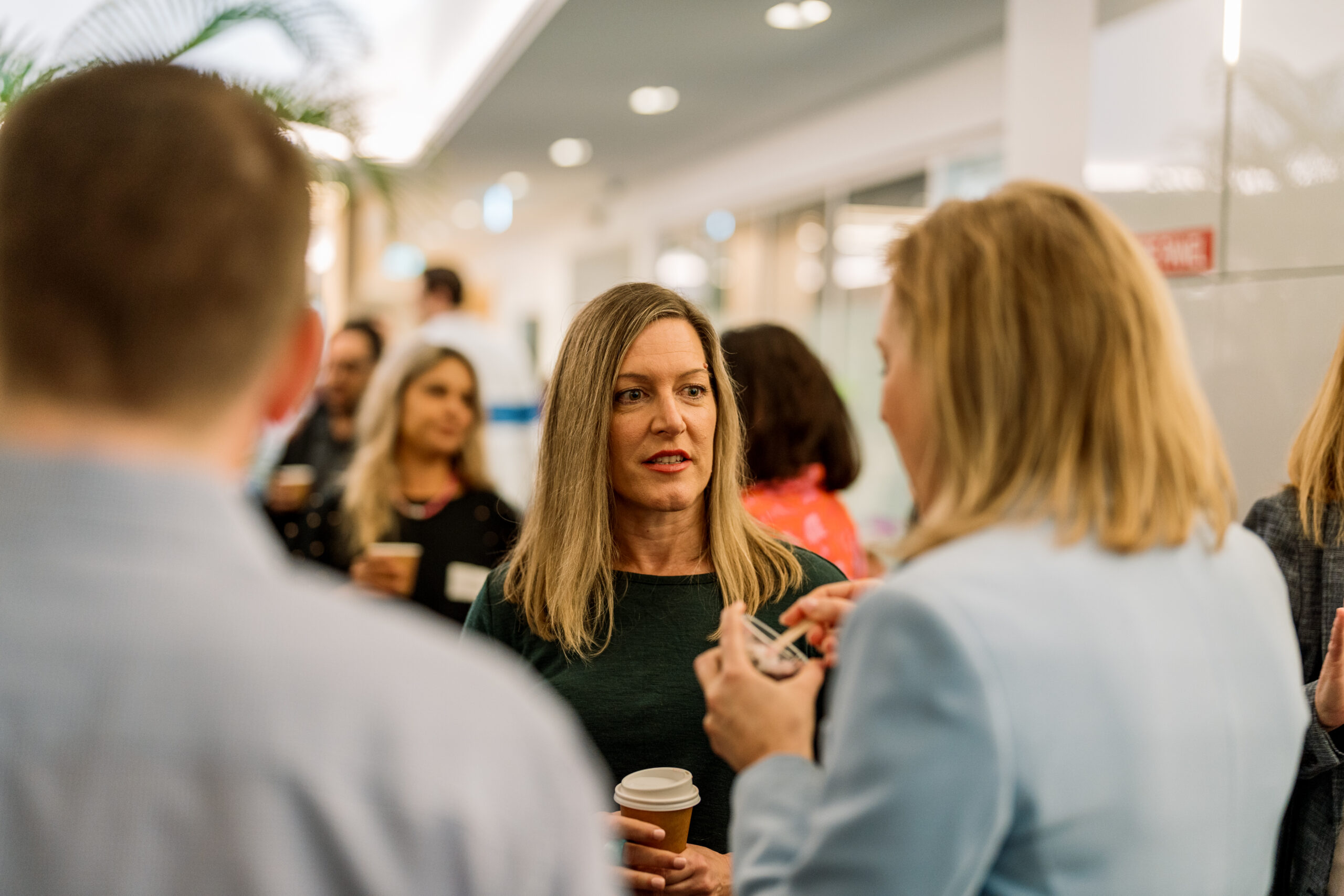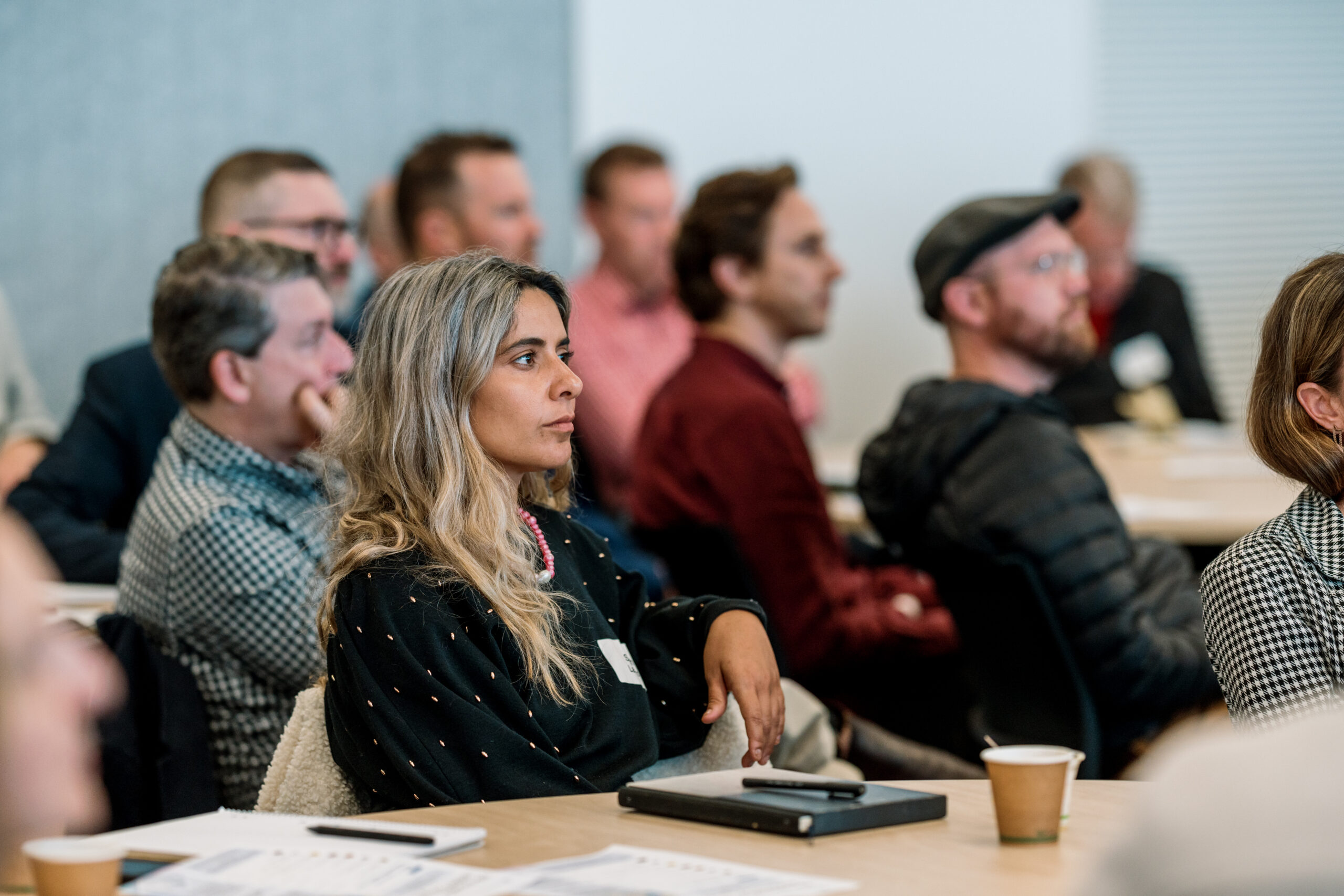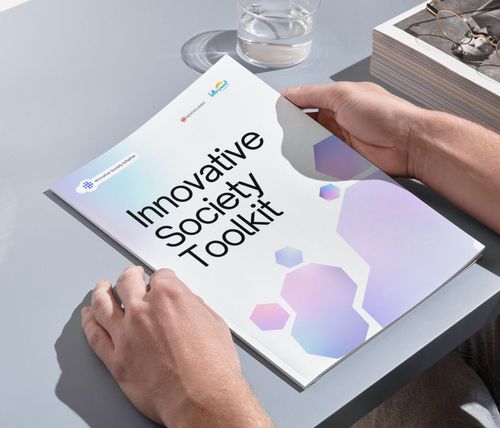Collaborative
Working Groups
Collaborative working groups, also referred to as sub-constellations, provide the space, support and opportunity for the ecosystem to work together to solve difficult challenges and leverage opportunities using the diverse expertise and experience of the Meshpoints Partner network.


What does a collaborative working group look like?
Working groups may vary in their objectives and format, but generally should follow the below principles:
- Has identified and documented a clear problem or opportunity area
- Involves a diverse representation of stakeholders who may be impacted by, or could support the defined problem or opportunity
- Has a lead who can assist in driving forward the group
- Has identified a clear objective, purpose and success criteria
- Has a clear and agreed set of roles, responsibilities and cadence of meetings well organised and is easy for participants to interact with and contribute to

What supports exists for progressing these groups?
The Meshpoints Team offers support in creating, facilitating and coordinating with collaborative working groups.
- Coordination and administration – by arranging the meetings, compiling actions and following up with commitments
- Facilitation support – we can help guide the conversation in a structured way using tools we have created.
- Connection with the ecosystem – we can facilitate connections and attract other partners by utilizing our network.
- Support initiative development – we can provide advice on eligibility and program design to fit in the right funding streams.
Joining or forming a working group
Meshpoints provides the space, support and opportunity for the ecosystem to work together to solve difficult challenges and leverage opportunities using the diverse expertise and experience of the Partner network.
Working groups can be established for one of two purposes:
- Communities of Interest – With a focus on sharing learning, best practices and updates on key movements in specific sectors, but aren’t directly focused on developing a specific initiative for future funding purposes.
- Initiative advancement – Established to collaboratively develop new initiatives, with the intention of applying to the Catalyst Create funding stream.

1. Defining
We will work directly with you to set up the working group and help you find the right Partners to work with.
In this stage, we work with you to answer:
What is the specific problem or opportunity we are seeking to explore?
What evidence do we have that is a problem/opportunity?
What data or other information do we need to collect?
What is our desired outcome?
What does good look like?
What constraints will need to be considered? Who else should be involved?
2. Development
Forming – Partners meet to agree the focus, routines and right approach for tackling the challenge.
Ideation – Partners meet to develop new solutions to the focus problem or opportunity area.
Scoping – Once ready, Partners develop a recommendation and begin to scope a potential initiative.
3. Delivery
We work with the Partners involved to assist in the creation of an application for the Fund and the delivery of the solution.
Divergence
Within working groups, it is usual for new, related groups to form as Partners diverge on potential solutions and explore specific problem sub-sets.

This pack includes an Initiative overview, how to participate in sub-constellations and access the fund.

Explore the funded initiatives that are creating a thriving and resilient innovation ecosystem.

The 2023 Innovation Ecosystem Report showcases a snapshot in time of activities, trends and stories.
Tools to help ecosystem builders
Meshpoints provides the tools, support, and space for ecosystem builders to deliver impact in their communities.